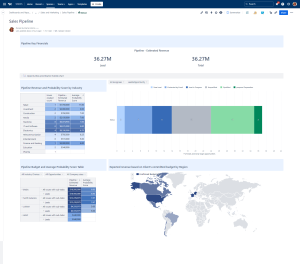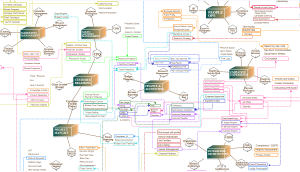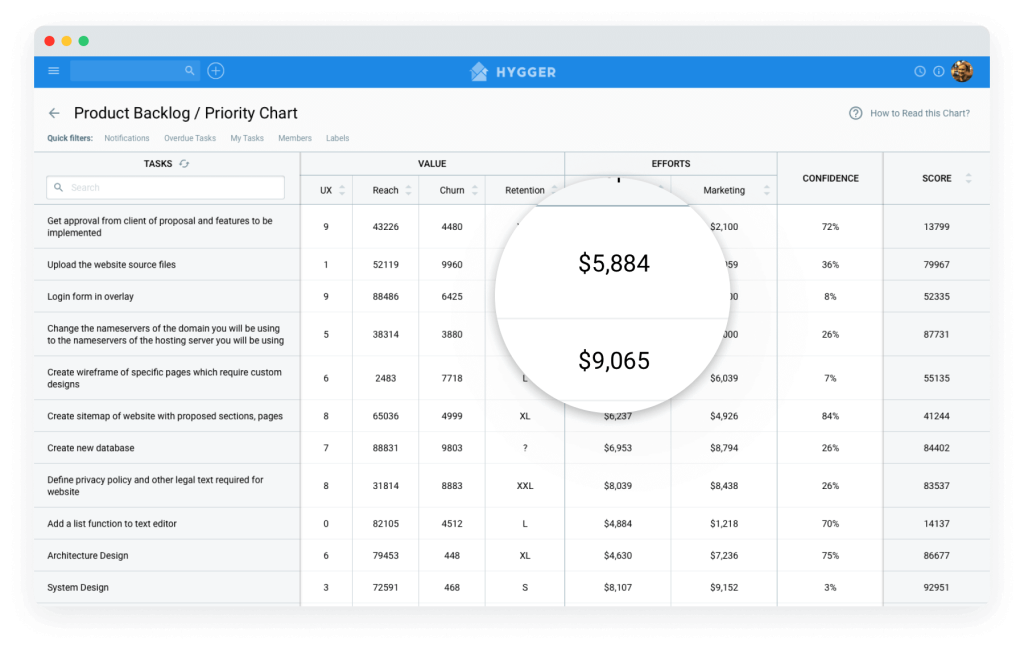Developing and implementing Data Governance Framework for Your Organization
Build bridges across your tech tools. information concepts and solutions and distributed teams practices.



Build bridges across your tech tools. information concepts and solutions and distributed teams practices.



The rise of modern cloud-based solutions with overlapping functions has led to an increased reliance on automated data syncing. While this reduces human error, it introduces new challenges.
Data governance refers to the management framework that ensures data quality, consistency, usability, and security within an organization. It involves establishing policies, procedures, and standards to manage the availability, integrity, and security of data used in an enterprise.
A single platform ensures that data from various departments and functions is integrated seamlessly. This leads to consistent data formats and standards across the organization, reducing discrepancies and improving data quality. Having a unified data source eliminates the silos that often lead to data inconsistencies and errors.


Using a single platform can significantly reduce costs associated with managing multiple systems and software licenses. It streamlines IT infrastructure, minimizes maintenance requirements, and reduces the need for extensive training across different platforms. Consolidated systems also mean fewer resources are spent on data reconciliation and integration efforts.
A unified platform simplifies the management of data governance policies and procedures. It allows for centralized control and monitoring, making it easier to enforce data governance standards and practices. This centralized approach enhances oversight and ensures compliance with regulatory requirements more efficiently.


A single platform fosters better collaboration among team members by providing a unified environment where data and tasks are easily accessible. It enhances communication across departments, leading to more effective decision-making and project management. When everyone works within the same system, it’s easier to share information, track progress, and maintain accountability.
Clearly outline what you aim to achieve with data governance. This includes identifying specific business outcomes, such as improved data quality, enhanced compliance, or better decision-making capabilities.
Develop a structured approach that includes policies, procedures, and roles. This framework should provide a clear roadmap for how data will be managed, who will be responsible, and how governance practices will be enforced.
Identify data stewards and other key personnel responsible for data management. Assigning clear roles ensures accountability and helps in the effective implementation of data governance policies.
Create standards for data quality, security, and compliance. These standards should be comprehensive and enforceable, covering all aspects of data management to ensure consistency and reliability.
Utilize data governance tools and technologies to manage and monitor data. These tools can help automate processes, ensure adherence to standards, and provide insights into data quality and usage.
Regularly review and update data governance practices to ensure they remain effective and relevant. Continuous monitoring allows for the identification and correction of issues, and ongoing improvement ensures that data governance adapts to changing business needs and technological advancements.